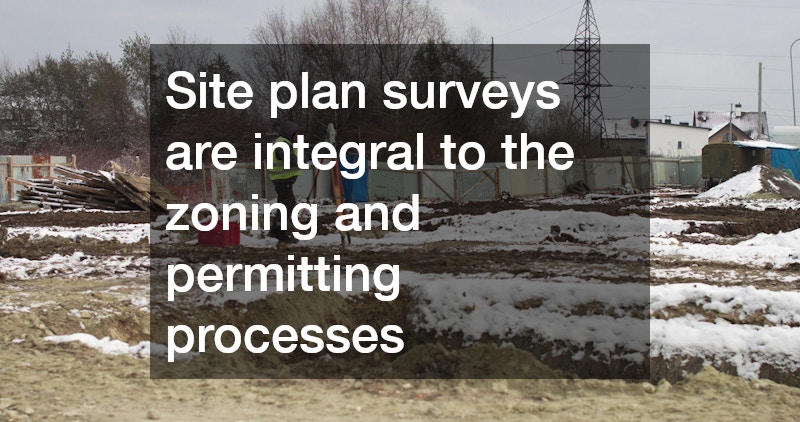This article provides a comprehensive overview of site plan surveying, an essential process in civil engineering and land development. We will address common questions and concerns to give you a clear understanding of what site plan surveying entails, how it is conducted, and its significance in various projects. By the end of this guide, both industry professionals and newcomers will have a solid grasp of the nuances involved in site plan surveying.
1. What is Site Plan Surveying?
Site plan surveying is a specialized form of land surveying that focuses on creating detailed representations of specific parcels of land. Its primary purpose is to denote the topography and layout of the land and any existing structures, utilities, or features. Understanding this definition is crucial, as it positions site plan surveying as a foundational step in any land development or construction project.
A comprehensive site plan includes several key elements essential for a well-structured project. Typically, it features property boundaries, existing buildings, landscape elements, access points, and topographical details. Each of these components plays a critical role in assessing how the planned construction will integrate with the existing environment and infrastructure.
Accuracy in site plan surveying is paramount, as even minor discrepancies can lead to significant issues down the line. Precise surveys ensure compliance with zoning laws and regulatory requirements, which can vary significantly from one location to another. Additionally, accurate data fosters trust among stakeholders, including investors, developers, and local authorities, enhancing the potential for project approval and successful execution.
2. How is a Site Plan Survey Conducted?
Before embarking on a site plan survey, surveyors conduct thorough research and preparation to ensure a smooth process. This includes reviewing land use regulations, zoning laws, and historical property records, which can inform relevant limitations and requirements. Having this foundational knowledge allows surveyors to approach the site with a strategic mindset, tailoring their methodologies and expectations accordingly.
Modern site plan surveying employs an array of advanced tools and techniques that enhance both accuracy and efficiency. Technologies such as GPS (Global Positioning System) and total stations have revolutionized the surveying process, allowing for rapid data collection and precise measurements. The integration of these tools not only streamlines the workflow but also minimizes potential errors that could arise from traditional surveying methods.
After field data collection, surveyors must interpret and analyze the information to create a coherent and readable site plan. This analysis includes converting raw data into usable formats, such as CAD (Computer-Aided Design) drawings or GIS (Geographic Information Systems) models. Ultimately, this interpretation is crucial, as it forms the basis for planning and decision-making for future development on the surveyed land.
3. What Are Common Uses of Site Plan Surveys?
Site plans serve as foundational documents in both residential and commercial land development projects. Developers rely on accurate site plan surveys to visualize how a new building will coexist with existing structures and natural features, allowing for better design planning. Furthermore, these plans facilitate discussions with architects and engineers, ensuring that all stakeholders are aligned with project objectives.
Site plan surveys are integral to the zoning and permitting processes, which are often complicated and regulatory-driven. Local governments typically require detailed site plans to evaluate how proposed developments will fit into the surrounding area and comply with zoning ordinances. As a result, accurate site plan surveys can significantly expedite the approval process, helping developers move forward with their projects with confidence.
In addition to development purposes, site plan surveys play a critical part in environmental assessments before construction. These surveys help identify sensitive areas, such as wetlands or protected habitats, which may affect project feasibility. By assessing these environmental factors early, developers can make informed decisions that align with sustainability goals and regulatory frameworks.
Site plan surveying is a critical aspect of land development that ensures projects are carried out according to regulations and with precision. By understanding the definitions, processes, and applications of site plan surveys, stakeholders can contribute to successful and compliant development initiatives. With the right knowledge and tools at their disposal, developers and surveyors can navigate the complexities of land use more effectively, fostering sustainable growth and development in various communities.







